
Scientific temper: A Nehruvian thought that is much relevant today

It was Pandit Jawaharlal Nehru who first used the term ‘scientific temper’ in India in 1946. After he became the first Prime Minister of Independent India in 1947, Nehru relentlessly expanded the notion of scientific temper and strove to impress the leadership of the country to inculcate scientific temper among its citizens.
After Nehru, the successive governments had continued with their commitment to science and technology both in the form of policy statements and constitutional amendments to develop scientific temper.
Nehru was instrumental in laying foundations for building the infrastructure for science and technology in India — Universities, Indian Institutes of Technology (IIT), Council of Scientific & Industrial Research (CSIR) labs, etc. These became the ‘hardware’ of science and technology in India, while scientific temper among the people was the ‘software’.
In 1976, India became the first country to include in its Constitution ‘scientific temper with humanism’ as a fundamental duty of all citizens of the country (Article 51A).
Related Analysis: As Modi pours out old wine, he takes Nehru for company
In October 1980, a group of academicians and intellectuals deliberated for four days at Coonoor, near Ooty, on the state of scientific temper in the country. Out of those deliberations was born ‘A Statement on Scientific Temper’, which was released on July 19, 1981.
This document articulated the need to inculcate the values of Scientific Temper in the Indian Society to rid the country of its socio-economic ills at that time. The Statement was expected to usher in a movement — a second Indian Renaissance — to ‘provide the necessary fillip for restructuring our country and embodying the aspirations of our people’.
Broadly, the statement extolled the virtues of the scientific method as an antidote to the traditional religious and/or superstitious dogmas that prevailed in our country. In recent times, such antiquarian beliefs are widespread in the country through television channels, and lately, through the internet and social media, including WhatsApp.
What is scientific temper and what does it mean for us in India? The Federal spoke to a few scientists as a part of a series on scientific temper and its relevance in the present times.
Surjit Singh Dabas
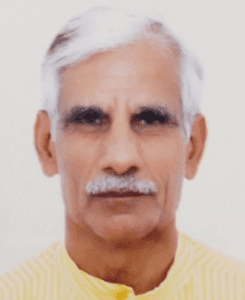
Dr Dabas had been working with the Council of Scientific and Industrial Research, New Delhi and had produced science-based video programmes and documentaries.
TV Venkateshwaran
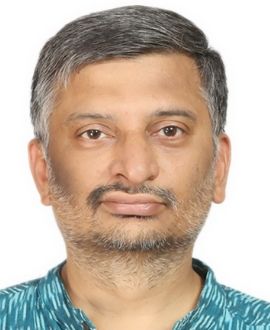
Dr Venkateswaran is a senior scientist in Vigyan Prasar, New Delhi. He has produced science-based audio programmes for World Space Radio, All India Radio and Gyan Vani.
Aniket Sule
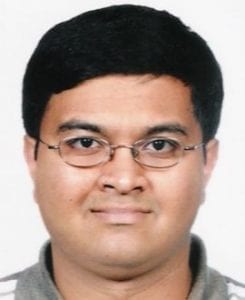
Sule is an astrophysicist at the Tata Institute of Fundamental Research (TIFR), Mumbai. He is also the regional coordinator (Asia-Pacific) for International Olympiad on Astronomy and Astrophysics.
Sandhya Koushika
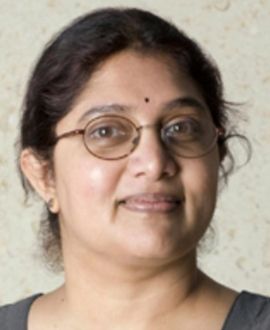
Koushika is an associate professor at the Biological Sciences department of the TIFR. She has received the International Early Career Award from the Howard Hughes Medical Institute in the US.
Soumitro Banerjee
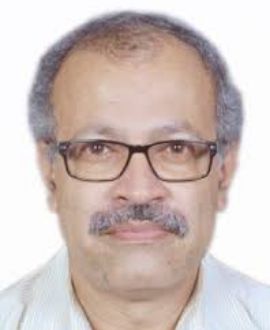
Banerjee is a professor at the Department of Physical Sciences of the Indian Institute of Science Education and Research, Kolkata. He has received the Shanti Swarup Bhatnagar Prize for Science and Technology from CSIR.
S Krishnaswamy
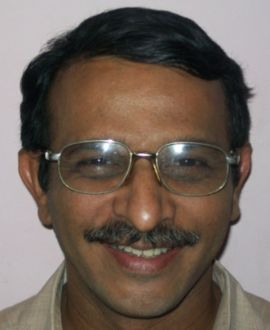
Krishnaswamy is a visiting professor at the Computational Biology group at The Institute of Mathematical Sciences, Chennai. He was a former professor at Madurai Kamaraj University.
Chockkalingam Karuppaiah
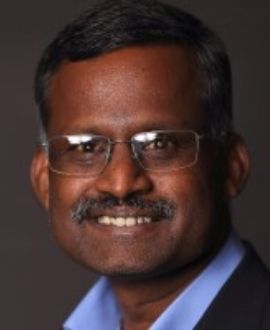
Karuppaiah is the CEO of US-based electrochemical research company Vetri Labs. He was the former vice president of Fuel Cell Stack Engineering at Bloom Energy, headquartered in San Jose, California.
Jayant Murthy
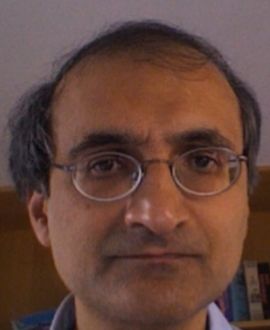
Murthy is a senior professor at the Indian Institute of Astrophysics, Bengaluru. He was also a research scientist at the Physics and Astronomy department of Johns Hopkins University.


